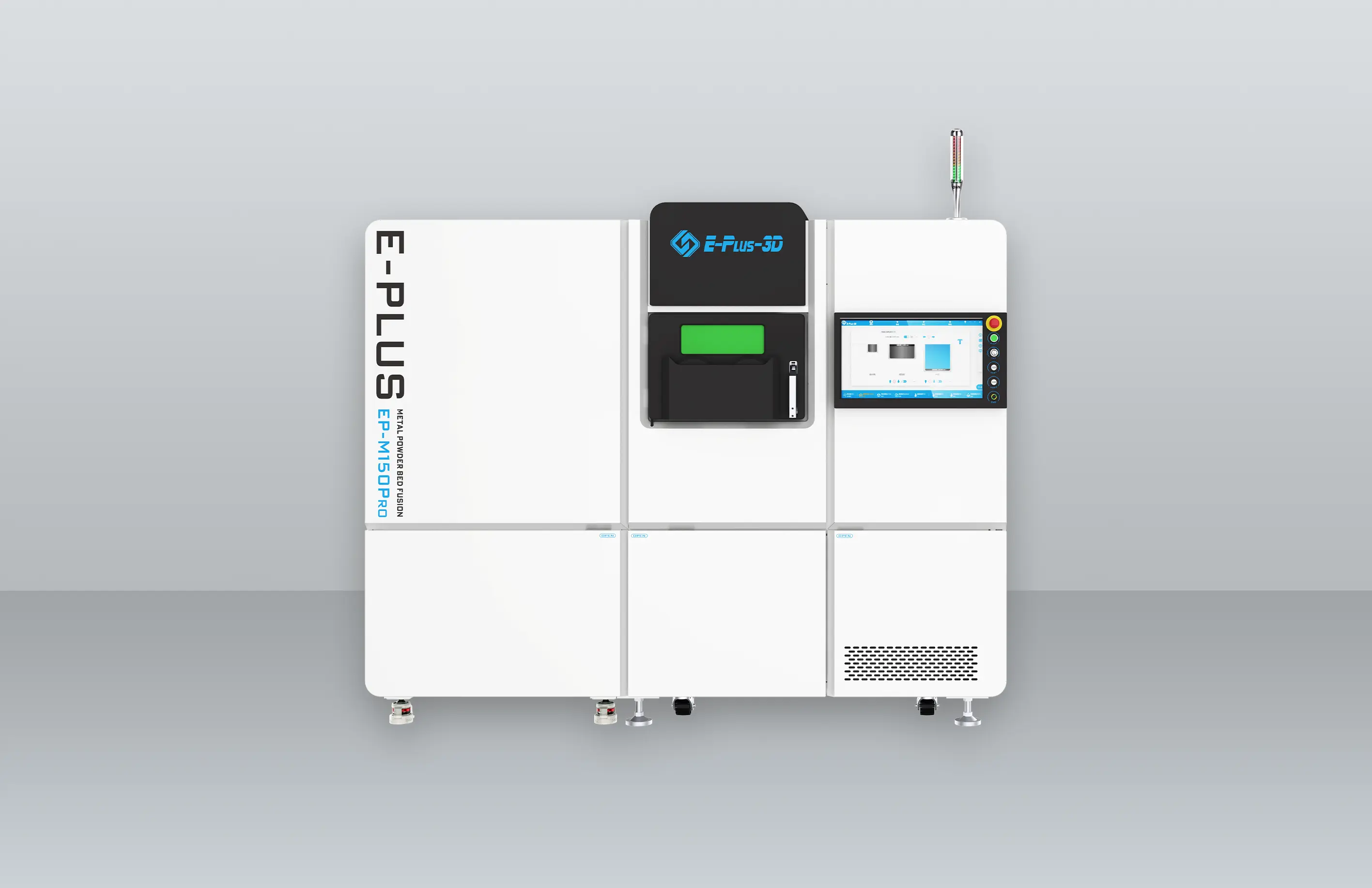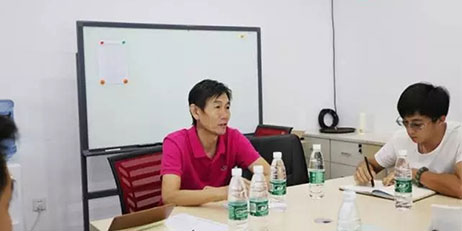Supporting structure is indispensable in metal 3D printing. Without supporting structure, the suspended or inclined parts and the internal stress of the metal will damage the printed part itself, causing printing failure.Today we will guide you to know more about supporting structures.

1. When is the supporting structure needed?
When the print has a suspended or bridge structure, if the supporting structure is not used, it will cause deformation of the parts during the printing process, which will lead to printing failure. However, not all suspended structures require additional support. Because, when the vertical angle of a suspended structure is less than 45 degrees, the suspended structure does not need support. When the vertical angle of this structure is less than 45 degrees, the horizontal offset of the 3D printer on the adjacent layers is very small, so that the upper layer is superimposed on a layer with a small offset, then each layer can provide support to the next level. Therefore, the 45-degree angle is a critical angle.
Any angle less than 45 degrees does not need to be supported. Of course, this also needs to be determined according to the performance of the printer and the properties of the material. If the performance of the printer is not good, an angle less than 45 degrees may also be required with support.

2. Types of supporting structure
Linear support: This type of support consists of vertical columns that are connected to the entire suspended structure. But this type of support is more difficult to remove.
Tree support: The support of this structure is similar to the shape of a tree branch. It is used to support the suspended part of the part. It is only connected to the suspended position. Its advantage is that it is easier to remove and does not cause any harm to the parts themselves. However, it should be noted that tree support is only suitable for non-planar suspension. For planar suspension, it cannot provide sufficient support.
3. How to remove the support?
When removing the model, as long as the method is correct, most of the supports are very easy to remove. First of all, you can gently break the support with your fingers on the part that can be operated by hand. For places with special locations, we can choose to use tools to remove the supports, including needle-nose pliers, scrapers,carving knives and others.
4. Shortcomings of the supporting structure
The cost of the models cannot be ignored if the printing parts require supporting structures which will be dismantled and discarded after the printing is completed and this will also increases the overall printing time.
During preliminary preparation, it is necessary to add a support design to the 3D file of the part. In post-processing process, it is also necessary to remove the support and polish the surface of the part. For any improperly operation during the removal of the support, it will cause defects on the surface of the part, and more seriously, it will cause the structure break, resulting in a complete failure of this printing. Therefore, the use of supporting structures also has certain drawbacks, so it should only be added when necessary.
In addition, we can also avoid the use of supports by chamfer. The chamfer can turn the suspended position into a safe suspension with an angle of less than 45 degrees, which avoids the use of supports and also ensures the efficient use of materials.
These are the overall descriptions of supporting structures in metal 3D printing. Welcome to contact Eplus3D experts for more AM solutions!

























